PPC ads are the best way to grow your business right now.
Seriously, there’s nothing else out there like them.
Not even television ads generate new customers as quickly.
But they’re not perfect.
There are a few problems and issues.
AdWords and Facebook Ads can get incredibly complex.
For example, they report on dozens of metrics. How are you supposed to know which ones matter?
The sad truth is that many of them are completely irrelevant.
Some metrics might seem helpful at a glance. However, tracking them daily can ruin your results.
The good news is that you don’t have to be a prisoner to most PPC metrics.
There are a few simple ones out there to track obsessively. I’ll show you those by the end of this article.
First, though, you need to find out which metrics to avoid completely.
These metrics are useless.
And they’ll potentially cause you more harm than good.
So don’t even bother with these next three PPC metrics.
Ignore these three PPC metrics at your own risk
Let’s start the process of elimination.
You will know what to track only when you get rid of the unessential.
The metrics below are fine. But too often, they’re blown out of proportion.
You get side tracked into optimizing for them.
And then the important ones slip by underneath as a result.
Here are three PPC metrics to ignore.
Tip #1. Ignore the cost per engagement.
AdWords gives you a Cost Per Click (CPC).
People love this metric because it’s concrete. You know exactly what you’re getting in return for each dollar spent.
Compare that to your CPM, or cost per thousand impressions.
Cost per what?!
Exactly.
A CPM model is a bad idea for a few reasons. I’ll fully explain why in the next tip below. But the main problem is that you’re paying for eyeballs instead of performance.
Now think about Facebook for a second.
Social advertising channels started providing a CPE, or cost per engagement, to help provide concrete feedback.
They have CPM model, too. However, they wanted to give you a few other metrics to better reflect how people interact with social ads.
For example, an “engagement” on Facebook can be defined as a like, share, comment, or click.
Those are kind of beneficial, right?
Here’s the nuance to consider.
Engagements can be important. Driving engagements can help you can start creating custom audiences, for example.
You might track engagements at the top of your Facebook sales funnel.
Advertising on inexpensive video views is an excellent way to get audience engagements.
You get people to watch your video for a few pennies. And then Facebook’s custom audiences will help you run better, cheaper lead-gen campaigns.
However, your CPE by itself is useless in the grand scheme of things.
It doesn’t tell you anything about driving leads or customers. It’s not an actionable metric.
Instead, CPE is mostly for vanity.
It makes you feel good looking at it. Or it impresses your bosses in a meeting.
Otherwise, you can’t do anything to improve it. And it doesn’t help you change or tweak other campaigns to drive traffic and leads.
Strategically paying for engagements has its place. But measuring the cost per engagement shouldn’t be on your to-do list anytime soon.
Tip #2. Ignore your impressions.
Impressions tell you how many total times your ad has been viewed.
The first important thing to realize is that impressions are different than reach.
Impressions include total views. Reach is the number of unique people who view your ad.
In other words, 5,000 impressions don’t mean 5,000 people saw your ad. Maybe only half that number did.
CPM (cost per thousand impressions) is an AdWords bidding option.
But most people don’t use it today.
It’s typically only reserved for banner or display ads because it masks the true performance of your ads.
For example, why pay for 5,000 views when potentially none of them convert? That doesn’t even make sense.
AdWords and Facebook’s Cost Per Click (CPC) model would reveal this lie within seconds.
Impressions, therefore, have zero impact on your bottom line. They’re completely unrelated to the ultimate goal that you care about most.
Here’s an example to illustrate this point.
If your page only converts 1% of visitors, you’d need 1,000 clicks to get 10 customers.
Now, if your page converts 20% of visitors, you’d need only 50 clicks to get that same number of customers.
See where I’m going with this?
Impressions don’t tell you anything. They have literally zero bearing on those scenarios.
Let’s expand on this example for a second.
Say your AdWords clicks look something like this after the weekend:
Obviously, something happened between Thursday and Saturday. Your clicks started dropping like a rock.
Impressions alone don’t tell you anything, though. Neither do clicks by themselves.
That’s where the CTR can help.
CTR measures the percentage of people who see your ad and click on it.
Here’s what the math looks like for my formula friends:
Using CTR will help you quickly spot a red flag.
You can also see if there’s a logical reason for the drop. For example, maybe the decrease in clicks came down to a lower budget.
The CTR is a little off from the past few days. But there’s not a huge difference.
Impressions are way down on their own. However, the fact that you still see similar performance tells you that there’s nothing to worry about.
See what I mean here?
Watching irrelevant numbers like engagements or impressions like a hawk made you second-guess this campaign.
However, you can probably just chalk it up to routine fluctuations.
Results will tend to rise and fall a little bit. There’s no need to overreact.
You can ignore impressions entirely. Otherwise, keep CTR in the back of your mind just in case.
And focus on the metrics towards the end of this article.
Tip #3. Ignore your wasted ad spend.
“Wasted ad spend” isn’t an official advertising metric.
You won’t find it on AdWords or Facebook.
That’s why it can be dangerous.
Some PPC tools will use wasted ad spend as a way to highlight all of the mistakes you’re making.
They make it sound scary so that you think you’re doing it all wrong.
Here’s an example of what it might look like:
See?! That sounds really bad.
Wasted ad spend is what it sounds like. It’s a calculation of how much you’re spending on clicks that don’t get you anything in return.
But there are a few reasons why it’s completely inaccurate.
The first reason is that not all campaigns are designed to convert your leads immediately.
For example, Marketo is one of the biggest marketing automation tools out there.
It’s good but expensive.
That means nobody’s going to buy it from a PPC ad. Not on their first visit, anyway.
Instead, you’d probably use an ad like this one below for those new people:
This would help ‘warm up’ the visitor. It would give them a chance to learn more about Marketo.
A campaign like this could assist in creating conversions down the road.
But it would give you a bad “wasted ad spend” result right now.
The second problem with this metric is that it often uses industry-wide benchmarks to calculate performance.
In other words, they’re just guessing.
They’re saying, “Your campaigns perform at X%. While the competitors’ campaigns perform at Y%.”
That doesn’t take into account a ton of other stuff behind the scenes.
For example, what if you close customers at a much higher rate after they opt-in?
You might not be wasting anything, then.
“Wasted ad spend” isn’t accurate. It’s just a shot in the dark.
Go ahead and ignore this one too.
Now that we’ve addressed the bad examples, let’s focus on the positive ones.
There are a few critical PPC metrics you absolutely have to track. These have the potential to make or break your bottom line.
They can also be a little tricky to spot if you don’t know where to look.
So I’ll walk you through each right now.
3 PPC metrics you should always measure instead
Generating more money starts with tracking the right metrics.
And I don’t just mean surface-level metrics, either.
Forget about your CPC right now. Because these other metrics below have a much bigger impact.
Here’s where to start.
Tip #1. Measure your conversions.
Do you want to know how many conversions you get?
That seems pretty straightforward. You can just check the numbers inside AdWords or Facebook, right?
Not exactly, unfortunately.
The number AdWords reports as “conversions” is somewhat misleading.
Sometimes it can mean sales. However, more often than not, it means the number of leads your campaign generated.
If that’s the case, these numbers that you’re watching are wrong.
Now you’re going to need to dig a little deeper.
Specifically, you need to figure out the close rate of each campaign.
Your close rate is the percentage of people who converted to paying customers after seeing your ad.
This can get a little tricky in practice.
You’ll often have to go work closely with a sales team to figure out how many leads turned into paying customers.
You’ll also want to make sure that there are no reporting gaps.
For example, phone calls often fly under the radar.
So you might need to use something like CallRail to make sure calls are being tracked properly.
You need to be able to see which ad campaigns generated the most paying customers at the end of the day.
The number of leads, by itself, won’t help you.
Tip #2. Measure the lifetime value of each customer.
A closed conversion would equal one sale.
Typically, each has an average order value.
A new watch might cost a few thousand dollars, for example.
That number is important.
But it’s not nearly as important as the lifetime value of each customer.
Here’s why.
I worked with a client that got paid when the first sale closed. Then they also got paid each year after that for the life of a contract.
The company wanted to grow really fast, so I told them to do something that might sound a little counterintuitive.
I told them to raise their CPC. They should spend more to acquire each customer — not less.
That even means going after all of the competitive, expensive keywords possible.
Why would I tell them that?
Because they could still afford the cost with long-term profitability.
They could break even on the first payment. Then they could make a profit on the backend.
That would allow them to dominate the space before bigger competitors threatened to take over.
But here’s the thing.
This strategy isn’t anything new.
Amazon’s been doing it for years.
Amazon doesn’t mind losing money up front as long as it steadily gains market share. The company can later increase prices and start to become wildly profitable.
The trick is maximizing the lifetime value of a customer. That means keeping people around as long as possible.
The longer they stay, the more money they’ll spend.
BIAKelsey reports that 61% of SMBs receive more than half of their revenue from repeat customers.
To calculate the lifetime value (LTV), you first find the revenue generated for that customer.
You’ll often need a CRM that works closely with your revenue systems. You’ll need to be able to add up all sales over time for each individual.
Next, you’ll subtract all of the different costs associated with acquiring and maintaining those customers.
Tracking LTV helps you spot a dangerous trend.
New customers aren’t often worth all that much. You might need to hang on to them for a few months to recoup what it cost to acquire them.
That’s why churn can kill your business.
Nobody can afford 68% of customers leaving due to poor customer service.
You need to stop this before it happens.
Try sending out a customer survey with Survey Monkey, installing a live chat on your website with tawk.to, or instituting a loyalty rewards program like the one AMC Theatres has created.
Improving customer retention starts the day someone first becomes a customer.
Tip #3. Measure your ROI.
If you track nothing else, track ROI.
This one single metric has the power to cure all. On the other side of the equation, neglecting it can be one of the deadliest mistakes you make.
A basic ROI calculator can help you estimate the overall numbers.
However, each individual campaign and keyword should also have its own ROI.
For example, each keyword you bid on will cost money.
Clicks will pour in, and the dollars will add up.
Just looking at aggregate data, like total spend or clicks per keyword, isn’t all that helpful.
Here are a few common scenarios where you can run into problems.
What if the conversion rates are different?
For example, let’s say you convert four out of five in the last campaign. Even though the clicks are lower, the high conversion rate might save you.
What if the close rates are different?
Again, you might close the second campaign significantly more times than the first. This also has a huge bearing on results.
Last but not least, what’s the lifetime value of each customer?
The first campaign might outperform the second across the board. But if the LTV is greater on the second one, it still has a fighting chance.
That’s where the ROI comes into play.
It will help you see which keywords drive the most business. This way, you can focus only on what matters.
You can see how much revenue each campaign brings in. Then, compare that result with what you’ve spent on advertising.
This ROI data trumps engagements, impressions, and “wasted ad spend” every day of the week.
Conclusion
There are three types of PPC metrics in the world.
There are those that are helpful to check on from time to time. There are those that really don’t make any sense at all.
And then there are those precious few that really matter.
Don’t worry about the first two, obviously.
You want to save your time, energy, and attention for the last category.
Otherwise, remember to ask yourself:
- If I improve this metric, will it have no direct effect on my profits?
- Is improving this metric going to work against the main purpose of my ad or landing page?
- Is this a “vanity” metric as opposed to an actionable one?
If you can answer yes to any of these questions, you know there’s something better out there.
It’s as simple as this.
The PPC metrics you’re tracking should have a clear relationship with a corresponding increase in revenue.
Engagements, impressions, and wasted ad spend will not necessarily put more money in your pocket.
They won’t save you money, either!
Improving conversions, LTV, and ROI will.
So start brainstorming ways you can improve these.
Are you after more conversions? Start by editing your landing page content — rewriting your value proposition, for instance.
Are you looking for a higher LTV? Build your kingdom of repeat customers, perhaps by personalizing onsite marketing.
Are you interested in increasing ROI? It could be accomplished simply by testing new methods.
It’s not easy. But it’s easier when you’re not being distracted by useless information.
What are your favorite PPC metrics to track and why?
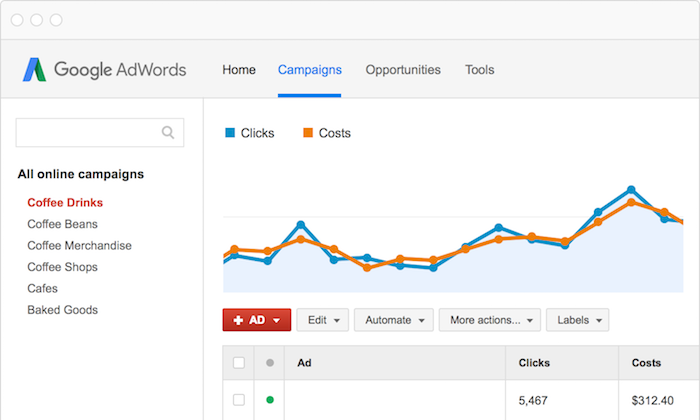
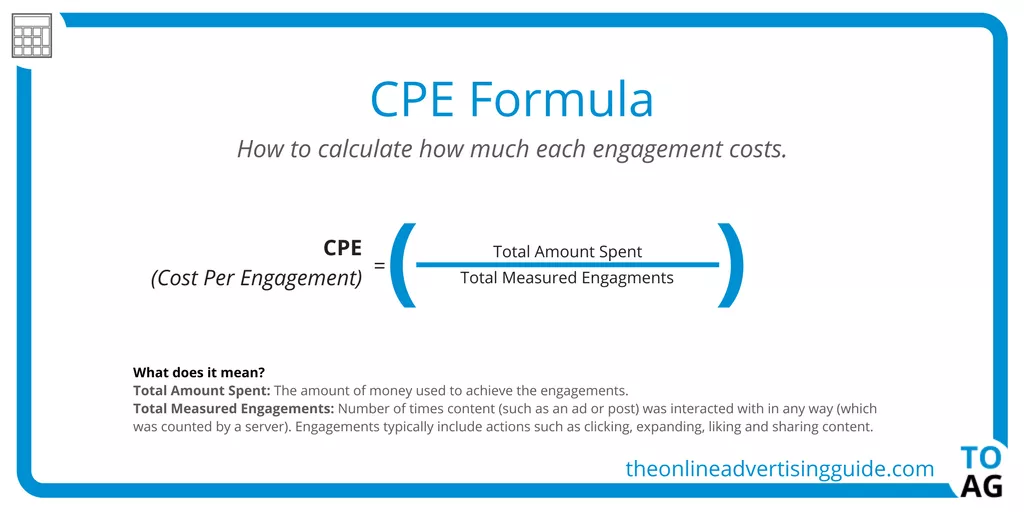
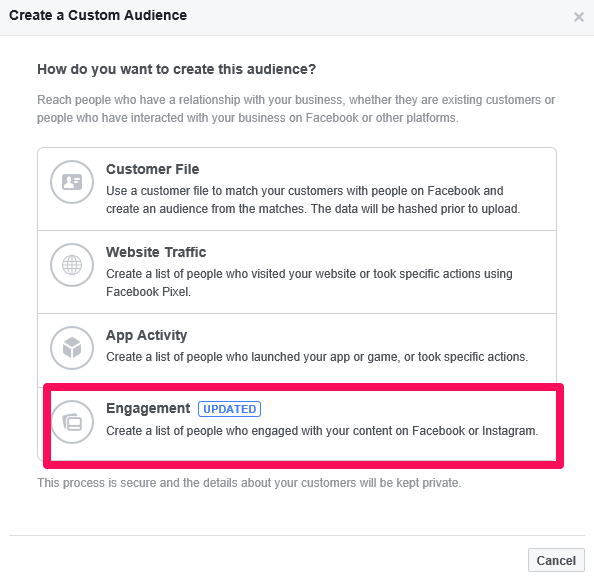
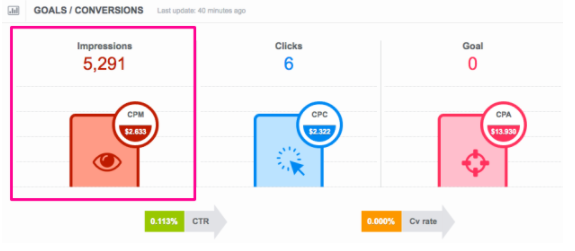
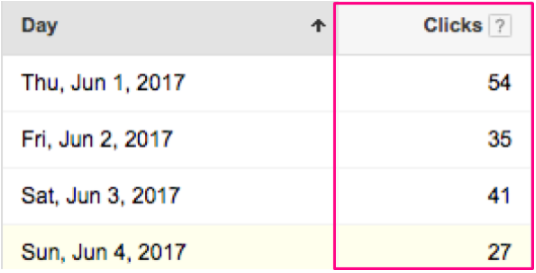
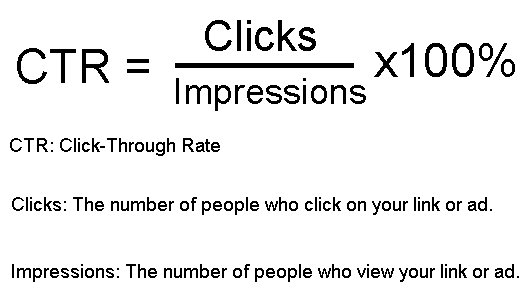


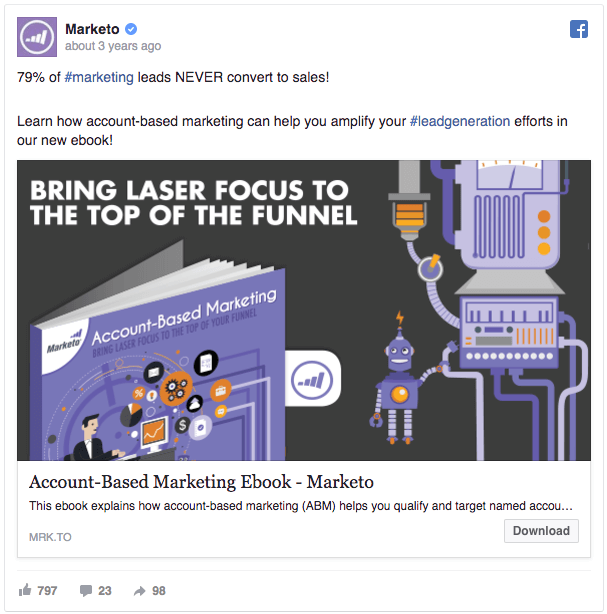
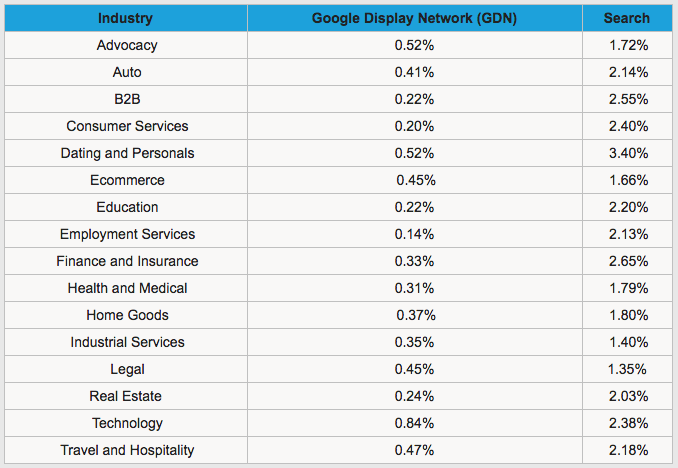

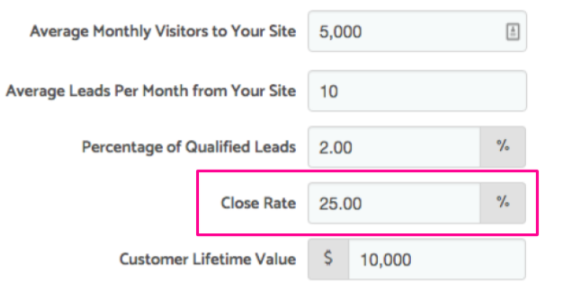

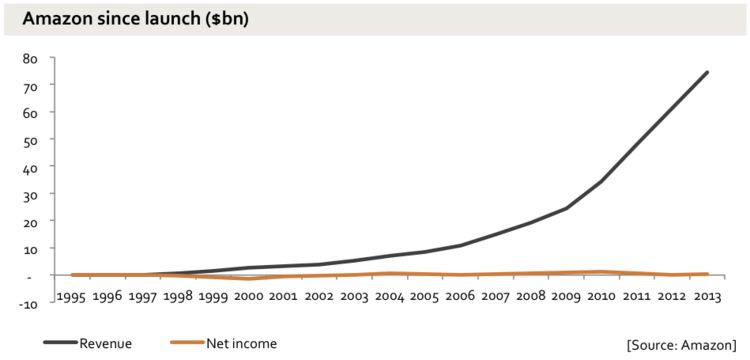
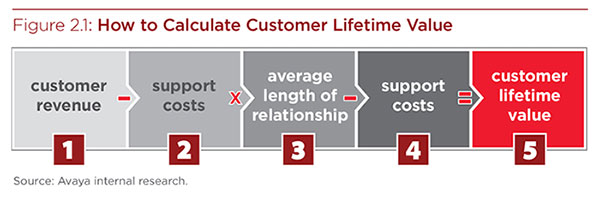
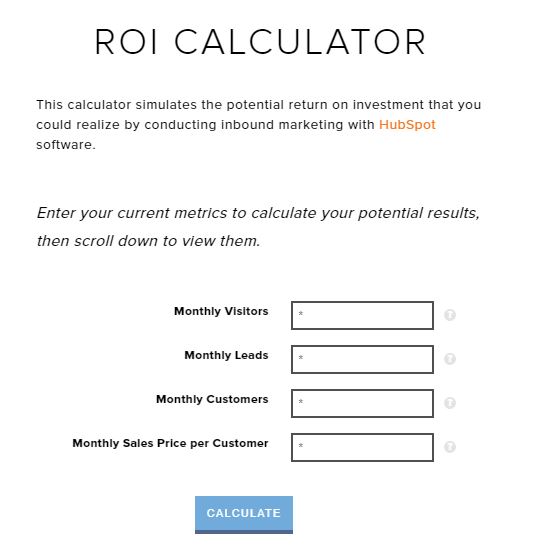

Comments (0)